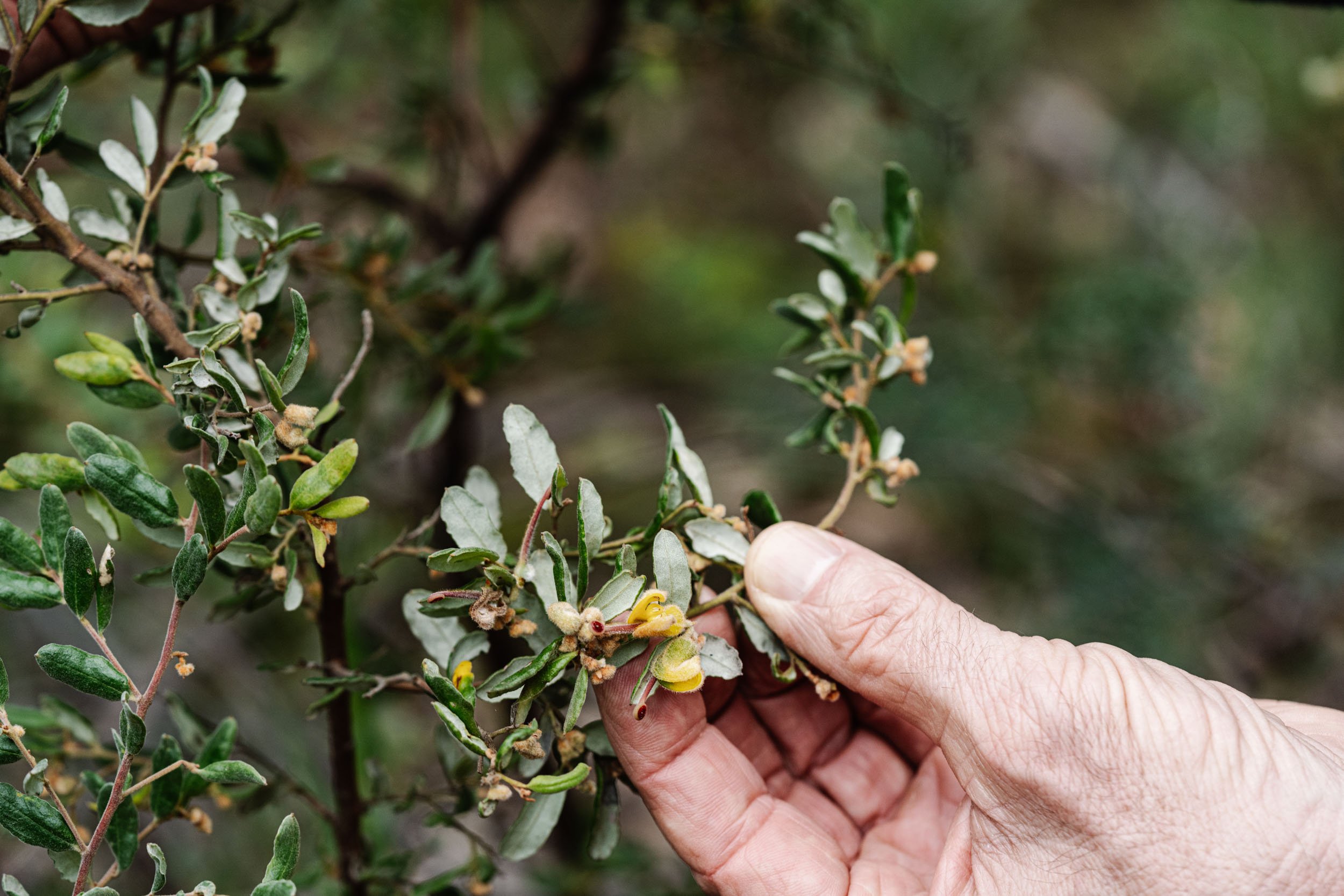
Impact report 2021-22
Measuring my business as a force for good.
Impact and purpose
The world can seem like a pretty bleak place. Whilst there have always been problems, the last few years feel so much closer to home - a global pandemic still raging, wars causing suffering and misery, global supply issues exacerbating economic hardship, and the very real effects of climate change barrelling towards us. We can no longer bury our heads in the sand about climate change, and it blows my mind that humans have caused most of these changes in just 50 years.
The only thing we can do to counteract feelings of despair is action. No matter how small the action, it keeps us moving. And even though there have been recent glimmers of hope in our political landscape, it’s still businesses that can lead the way. We can all do better, we can all take action to make a better future for the next generation.
As a photographer, a lot of my impact comes from who I choose to work with and how I can promote what they are doing. My mission is to increase impact for those making a difference.
The way I achieve this is by working with clients who are doing good for people and the planet. I can also create impact through how I run my business, using my for-profit model for good. I think it’s important to demonstrate that it’s possible to run our businesses in an ethical and sustainable way, in order to inspire others to do the same.
This report sets out the four main ways I worked to create impact in 2021-22, and is an update on my first impact report that can be found here.
Business.
To me, running a business is about more than making money. I believe it's an opportunity to make a positive impact on other businesses, communities, people and the environment.
This year I became a certified B Corp!
Certified B Corporations are businesses that meet the highest standards of verified social and environmental performance, public transparency, and legal accountability to balance profit and purpose.
Late in 2021 I joined a community of almost 5000 businesses who want to be leaders in the global movement for an inclusive, equitable, and regenerative economy.
A certified B corp has to demonstrate high social and environmental performance, make a legal commitment by changing their corporate governance structure to be accountable to all stakeholders (not just shareholders) and exhibit transparency by allowing information about their performance measured against B Lab’s standards to be publicly available on their B Corp profile on B Lab’s website.
The journey and assessment took me about 6 months, then another 5 months of waiting in a queue for assessment (the B Impact Assessment has soared in popularity over the past year!). Kudos to Alison of Ffutures for helping me navigate the process at the beginning, she was awesome, and I highly recommend engaging a B Corp consultant to get you started.
Comms Declare
I joined Comms Declare, along with 80+ organisations that have declared for the climate.
This means that my work will not support any activities, organisations or individuals that promote
the growth of fossil fuels.
high greenhouse gas pollution as ‘business as usual’.
deception, distraction or spin around science or climate actions.
Inspiring other small businesses
I think it’s really important to try and inspire change in other businesses, and to promote more sustainable ways of looking at doing business.
So this year I did two things. I started a journal on this website, as a source of knowledge and encouragement for other businesses as small as mine.
I also started a newsletter called Three Neat Things - a dose of fortnightly goodness, productivity hacks, and small business tips. See my archive here, and sign up here.
Clients.
How often do we consider where our income is coming from? Is it from industries or businesses and people trying to improve the world? Or is their business actually doing more harm than good? The selection of clients is an intrinsic part of how I run my business.
Narrowing my focus.
Last year I spent a lot of time trying to define what a purpose-driven client meant to me. I adopted a ‘traffic light system’ which helped me navigate who I wanted to work with, but it was complicated, messy and subjective.
However, a few months after I was certified as a B Corp, I decided to make things way easier for myself. This meant a change to only shooting for clients who work towards the Sustainable Development Goals (SDGs). This is broadly broken up into two categories: sustainable architecture, and any other project that directly aligns to the SDGs.
This meant I stopped shooting ethical fashion, gardens, food, lifestyle brands, and architecture that weren’t high performing building (and I had to completely re-do my website to reflect this, despite finishing a new website only months earlier!).
I made this decision in late 2021, but I had a number of projects carry over into 2022 (due to covid postponements), so the 2022-23 financial year will reflect this change in my client base a lot more.
Read my blog post here on more about my switch.
Client satisfaction.
Asking your clients if they’re happy with your performance is terrifying. However, with a formal structure in place it can be a very valuable feedback tool. Last year I made a survey and specified targets for client satisfaction. I analysed the results at the end of the financial year to see if I met these targets.
Some key takeaways: 95% of my respondents (41 clients in total) said my pre-shoot communication was just the right amount, and 85% said their understanding of licensing was good and they understood the basic principles. 93% said that shoot day was “fun, so much fun” or “calm”, 83% said they were blown away by my deliverables and they were much better than they imagined. 88% said they’d recommend me as a 10/10, 5% said they’d recommend as a 9/10 and 7% said they’d recommend me as a 7/10. One figure I’m especially proud of as a business owner trying to do meaningful work: 100% said my value for money was good or great.
The summary table breaks down this survey and how I met my targets.
Projects + publications
I shot 55 projects, and mentored 6 photographers. I gained 63 separate publication pieces for my clients over those 56 jobs, a direct result of me pitching to my network in the print and digital space (see here for some select articles from 2022).
This is a complimentary PR service I offer my clients, and helps raise the profile of my purpose-driven clients. by putting their stories in front of the public.
Community.
Once I had defined what I do, and for whom, it was time to look at how. We all make choices every day in our business and our life. Making those decisions more consciously allowed me to consider the impact more broadly. In short: how could I help my community?
Spending.
Doing my B Corp made me question where I was spending my money. Am I spending with intention? Am I supporting small and local businesses? Or female or diverse/minority owned companies?
I’ve always done a lot of research before a new purchase, but as a photographer a lot of my expenses are from global software companies and for technical equipment that may not be particularly sustainable. While I can’t do much about those types of expenditures, I can buy my gear from smaller, independent local businesses instead of directly through the manufacturer. Software is much harder, but did you know that WeTransfer is a B Corp? I learnt that research and knowledge is key - it’s worth doing some digging before every big purchase and finding out who I can best support.
Last year I wrote a Supplier Survey and Ethical Procurement Policy to formalise my process. I also set formal targets for using suppliers that are local, and also women or from underrepresented groups.
I actually did worse this year than last year on both these targets - down from just under 50% to 44% for total spend on local and independent businesses. This is limited to independent businesses within 80km of my home/office - which is a challenge when a lot of my expenses are software related. My total spend on majority women owned businesses was also down from just over 12% last year to just over 6% this year.
Whilst these stats might not be as high as I’d like, I made some other change that don’t get captured in those local or women owned numbers. I switched my internet provider to Goodtel, who donate 50% of their profits to a good cause of your choice. I also switched two lots of car insurance to Huddle, who are a certified B Corp and member of 1% For the Planet. I chose client gifts from Goodwill Wines where 50% of the profits from your order goes to your selected charity, and also Applewood Distillery, a certified B Corp gin maker (and the gin is delicious by the way!).
Other expenses that don’t get picked up in the stats but are still ‘good’ companies are certification fees for B Corp, annual fees for 1% For the Planet, and Bank Australia fees.
Giving.
As a responsible business, I think it’s my duty to donate some of my profit. Every year I donate 1% of my revenue to 1% for the Planet and another 1% to other non-profits and charitable causes.
This was partly achieved via my Prints for Wildlife project. I also donated to The Climate Council, Australian Wildlife Conservancy and the Bungalook Wildlife Shelter.
Prints for Wildlife.
I donate 100% of profits of all sales of fine art prints to wildlife shelters for my Prints for Wildlife project. This project commenced in early 2020 and so far has raised a total of $12,795 in profit (to 30 June 2022).
The 2021-22 year was a lot slower than the first year of the project, and it only raised money for three shelters - $2,231.90 to Emerald Monbulk Wildlife Shelter, $1,100 to East Trentham Wildlife Shelter and $252.66 to Little Urchins Wildlife Sanctuary. Nobody has given any love to Alma the Emu or Cliffy the Ringtail Possum!
Mentoring.
I increased the amount of mentoring I offered to fellow photographers in the 2021-22 financial year. I think it’s important to teach emerging (and more established) photographers about industry standards around rates, licensing and copyright. This gives a solid base of knowledge so they are confident in presenting a professional front to their clients, and making the most success of their business.
Pro Bono.
Lifting up organisations that are aligning with the UN’s Sustainable Development Goals is important to me. That’s why early in 2022 I launched a pro bono program, where I offered three photoshoots to a charity, not-for-profit (NFP), or Non-Government Organisation (NGO).
Between April 2022-30 June 2022, I donated $17,224 in pro bono services. This included the recipient of Round 1 of my program (Australian Passive House Association) as well as photos for EcoGipps/Rendere Trust/Land Covenanters Victoria, and The Quoll Headquarters in NSW.
Environment.
As a former environmental scientist, this is probably the biggest area of interest for me. Climate change is real and it’s here. And we have a limited time to fix it. We can all start by making an impact through our businesses.
Carbon certification.
For the second year in a row, I certified as carbon neutral. I chose to do this through PathZero again, and you can see my report here, including my top three quantified emissions and my reduction initiatives.
I calculated my carbon both in business and as a two-person household (because seriously, as a one-person business who works from home, who can tell the difference?).
In the 2021-22 financial year I produced 21.23 tonnes of gross carbon emissions (down a teensy tiny bit from 21.39 t last year). I offset 22 tonnes by purchasing gold standard carbon credits through the Kubratovo Wastewater Project in Bulgaria. This project is both a methane emissions reduction and energy production project, and is a Gold Standard certified project.
Again, just like the 2020-21 year, almost 40% of my emissions are from the use of two diesel cars and the energy from using a 50-year-old gas AGA stove. My goals remain the same as last year (to purchase an electric car and an electric AGA), which will reduce my total emissions substantially.
I also wrote an article for other businesses on 10 steps to becoming certified carbon neutral, read it here.
B Corp Climate Collective
I joined the Australia and New Zealand B Corp Climate Collective (BCCC), which is an initiative by B Corps for B Corps. This is a group of B Corp employees who give their time to support other B Corps in taking great climate action.
United Nation’s Net Zero by 2030
Race to Zero is the UN-backed global campaign rallying non-state actors – including companies, cities, regions, financial and educational institutions – to take rigorous and immediate action to halve global emissions by 2030 and deliver a healthier, fairer zero carbon world in time.
I joined the Net Zero by 2030 via the SME Climate Hub.
Measuring impact.
In order to compare my social or environmental performance scorecards year on year, I needed to define some measurable impacts.
I did this by tracking the metrics below for the Australian financial year. This will be continued to be tracked on an annual basis.

Looking forward.
Since I’ve been super slack and had my impact report sitting as a draft on my website for 6 months, it was December 2022 by the time I actually published it, and I’ve already made more changes than detailed above. I removed my formal pro bono program in lieu of focusing my pro bono work on areas I’d like to work more in (climate change solutions, biodiversity and conservation, and sustainable architecture and affordable housing). I found that applicants for my pro bono were very enthusiastic, but often not ready to commit to a photoshoot. So in the 2022-23 financial year, I will do pro bono work with these non-profits - the Climate Council, Renew, BioDiversity Legacy and the Australian Passivehaus Association. If you are interested in chatting about my pro bono services however, please shoot me an email here.
Part of that pro bono work is for a new non-profit called BioDiversity Legacy - which is part of a broad movement of individuals and organisations that are looking for innovative pathways to expand the amount of land protected for our native species, whilst also looking to transition private land into a stewardship model rather than a capitalist one. It ties my passion for climate change solutions, biodiversity and conservation and affordable, sustainable housing together, and I’ll be donating around 20% of my working time to this innovative and inspiring cause from late 2022. It will also closely align with personal plans for my future - putting the lifetime profits of my business into conservation, and figuring out a model where that can also support affordable housing for those people I care about.
Another change on the cards for early 2023 is a change in my mission statement, aka my WHY - a wee tweak, but one that makes so much more sense to me. I always knew in the back of my mind that photography was just the vehicle to demonstrating how we can run our for-profit businesses better and more sustainably, but thinking about my why in this new way opens up the opportunity to do so much more than just take photos.
We are accountable, as businesses and individuals to make the positive change we want to see in the world. Together we can achieve tangible outcomes - working through my B Corp has shown me that it is possible.
Hawson Consulting Pty Ltd is owned by Marnie & Ryan Hawson who are the beneficial owners of the company.





















